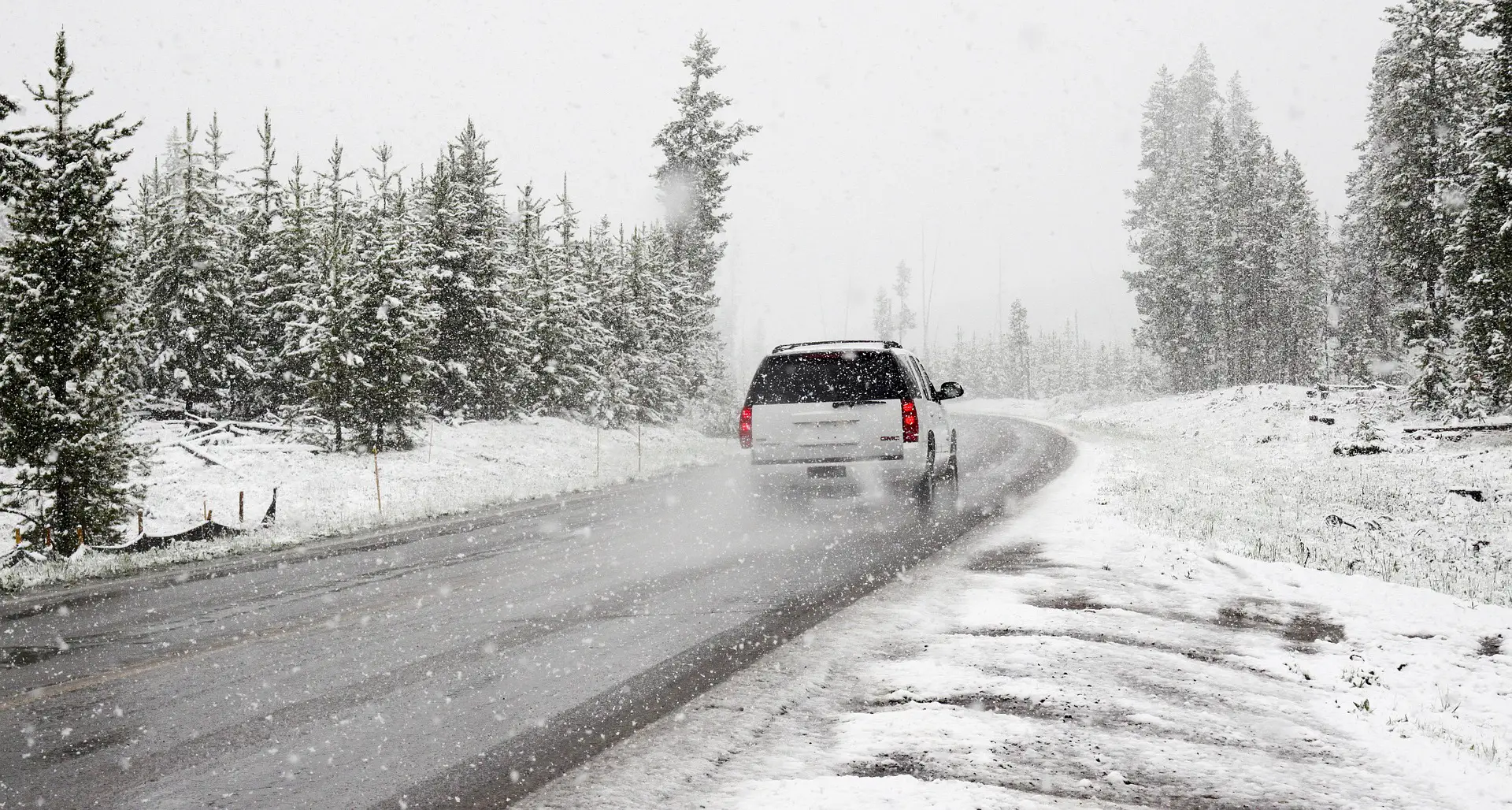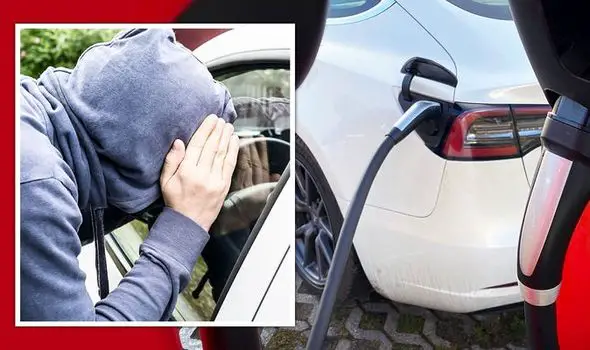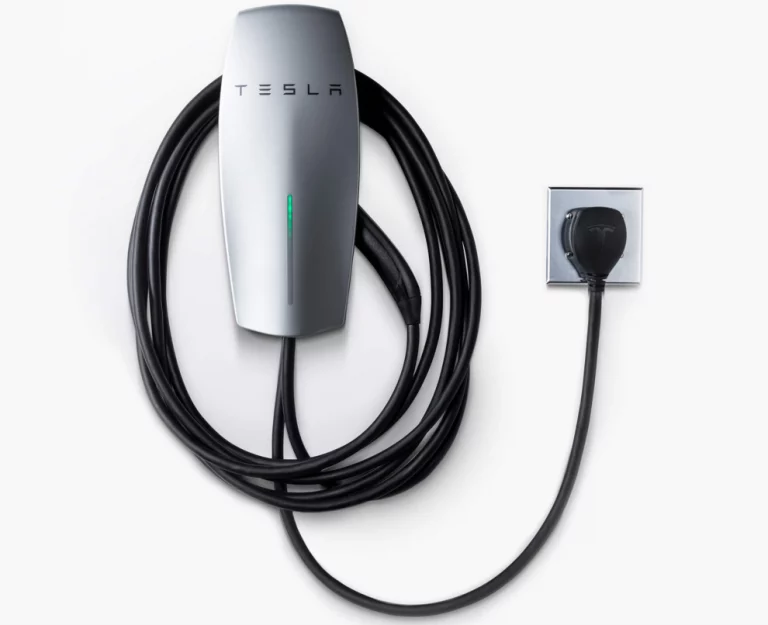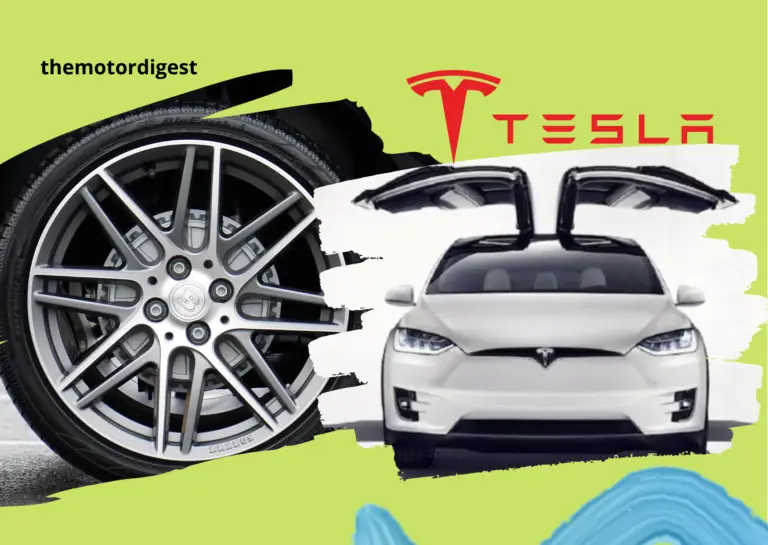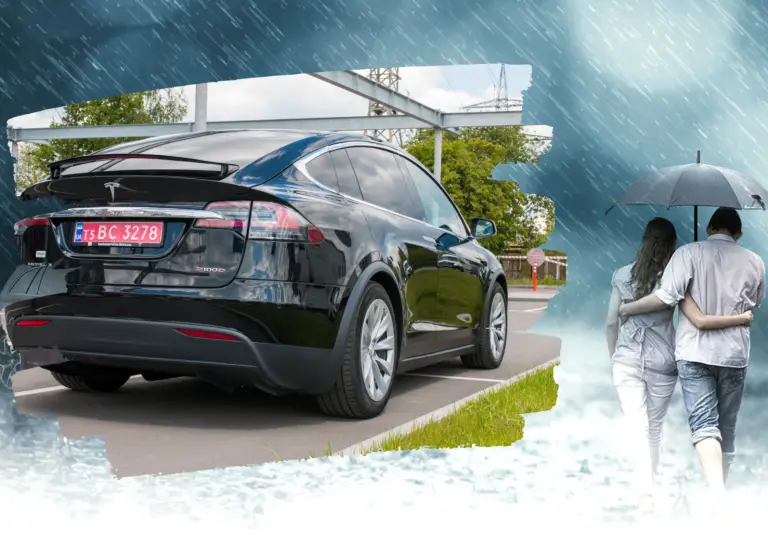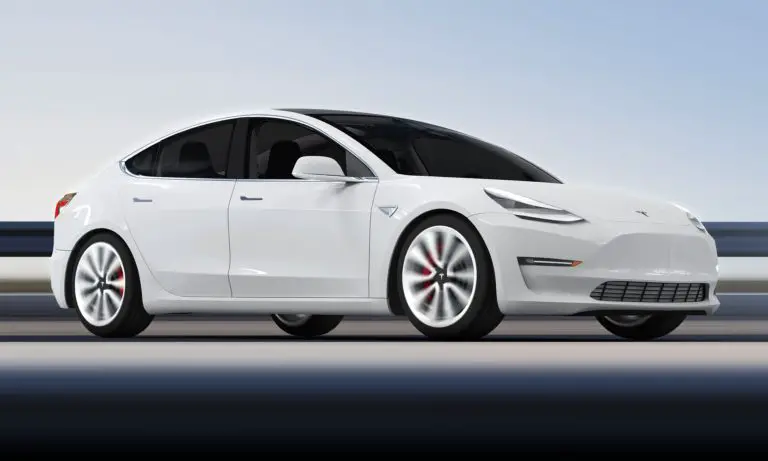How Do Tesla Cars Handle Snow?
Snow and cars are never a great combination. The thought of having to brave the freezing weather to try to remove vast sheets of ice from a vehicle turns most people cold. On a scale of 0 -10 (where 10 is very negative), getting up in the dark and removing ice from your car probably rates as a 15!
Tesla cars handle snow more effectively than most conventional cars. Tesla’s come equipped with state of the art software that “preconditions” the battery; they don’t stall when moving through deep drifts and have very responsive traction control that prevents the wheels from slipping.
If you use all the systems available as a Tesla owner, much of the negative experiences are removed. The old cliché goes, “Fail to prepare, and you prepare to fail,” is very apt when using a car during an icy snap.
Table of Contents
- Here is How Tesla’s Handle the Snow
- Conclusion
How to Drive Your Tesla in the Snow
There are precautions you can take while driving, these include.
Look Out for the Blue Snowflake Icon on the Touchscreen
If you did not precondition the battery and the blue snowflake image appears in the center touchscreen, it is too cold to enable the battery to produce its total output.
Although the car will be actively working to fix the situation, battery power and regenerative braking may be limited until it raises the battery’s temperature.
Once your Tesla has worked its magic, and the battery is up to temperature, everything will continue to work with nominal values.
The preconditioning feature will prevent this problem from occurring.
Snow is Not Kind to Tesla Batteries
When you are on the road, drive as economically as possible while reducing energy usage in the cabin. It is a good exercise because you immediately get rewarded with improved range regardless of the external conditions.
It applies more so when the weather is freezing.
- Drive as smoothly as possible and no faster than the speed limit.
- Don’t drag race other cars from the traffic lights – however satisfying that may be.
- Try to plan and anticipate when you need to slow down, so you drive in a very smooth way. Limit the need to accelerate and decelerate frequently.
- If possible, reduce the car heater’s energy usage by lowering the cabin temperature setting. You can compensate for this by using the electric seat heaters.
Remember Your Tesla Is Safe In Snow And Other Wet Conditions
Tesla batteries and ancillary electrical components comply with the Ingress Protection Score – IP67.
The manufacturer must prove that the batteries will never allow fine solid particles (dust) to get inside the battery. Also, if the battery is submerged in one meter of water for thirty minutes, it has to remain completely watertight.
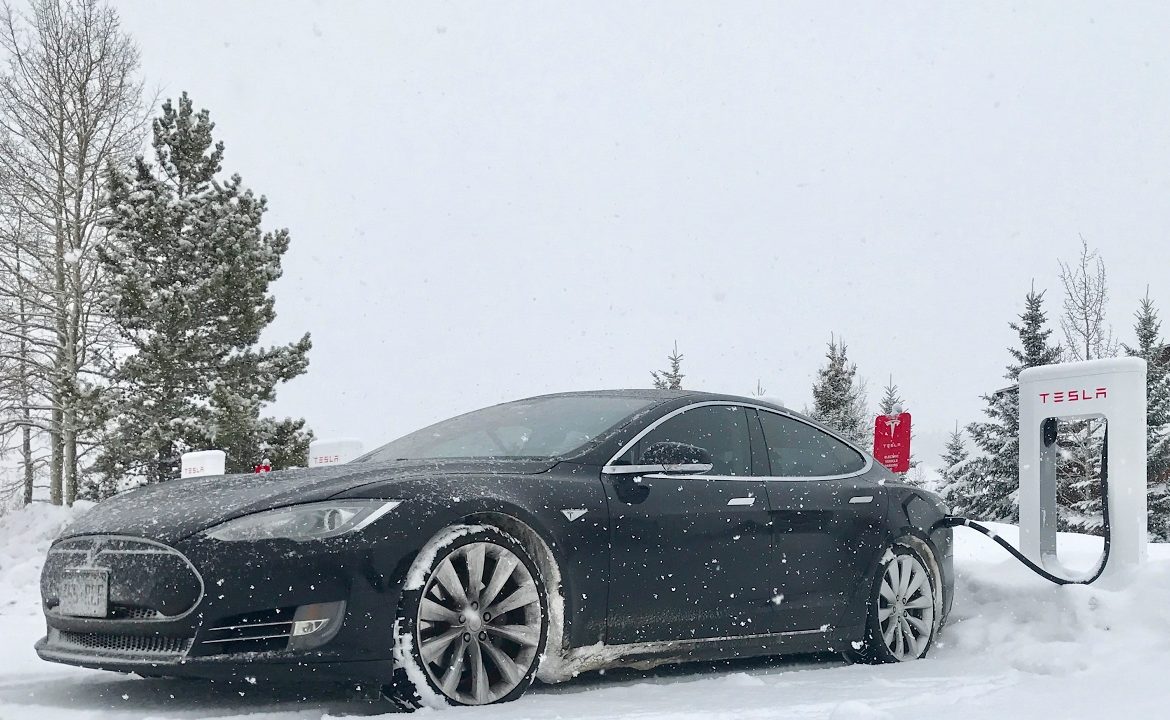
Here is How Tesla’s Handle the Snow
Irrespective of the type of engine under the bonnet (or, in Tesla’s case, on the axle(s)), snow affects all cars. However, being equipped with powerful batteries, clever mobile phone apps, and a low center of gravity,
Tesla’s are better equipped than most cars to remain mobile and safely get you to your destination.
Using Tesla’s capabilities, you can follow three stages to a trip to ensure you and your Tesla remain mobile.
Before Winter Starts
There are a few precautions that all vehicle owners should take before the first snowfall. These include.
Sort Out The Tires
Before the cold snap starts, install winter tires to improve the performance and safety of your Tesla in the snow.
Check And Refill The Windscreen Washer Fluids
Ensure that you have a correctly rated de-icing mixture in the windscreen wiper reservoir.
De-icing fluid evaporates faster than pure water, so check the levels regularly.
Protect You Tesla Paint From Damage When It Is Snowing
It’s a good idea to have protection installed over your Tesla’s paint.
With the deteriorating road conditions that snow may bring, an extra layer of paint protection will keep your pride and joy looking sharp.
Parking Your Tesla Before You Travel In Snow
When you park your Tesla after the last trip, and if you expect snow, the following precautions will help get the car optimally prepared for the next trip.
Schedule The Preconditioning Function On You’re The App
Select the scheduled departure function on your app, and activate the climate controls to start the preconditioning function. Preserve the battery range by keeping the car plugged into the charger while preconditioning the battery.
While you are still enjoying the warmth of your bed or having your first cup of coffee, your Tesla will have calculated the time it needs to precondition itself and will start the preconditioning function at an internally scheduled time.
If you open the curtains and look, you will see the car heating itself up and shedding the snow.
Set Your Mirrors to Not Auto-Fold When Locked.
The door mirrors heaters keep the glass clear but, unfortunately, not the hinges on the folding mechanism.
If you allow you allow your Tesla to fold the door mirrors away at night when the snow comes, they could freeze up, and you risk the possibility of damaging them using an ice-scraper.
To prevent the mirrors from folding, deactivate the mirror auto-fold function.
- In Model S / Model X, select Controls – Vehicle – Mirror – Aut-Fold.
- In Model 3 / Model Y, select Controls – Quick Controls – Mirrors – Mirror Auto Fold.
Set the Tesla Wipers to Service Mode
If you’re expecting snow or ice build-up, place your wipers in the service position to help prevent icing from freezing them in place.
To set your wipers in service mode in all models, tap ‘Controls’ > ‘Service’ > ‘Wiper Service Mode’ > ‘On.’
Preparing to Travel with Your Tesla in the Snow
The wonderful thing about owning a Tesla is that you can tell it where you are going before you leave!
Share Your Destination with Your Tesla
Even for trips where you know the route, work with your Tesla by entering the destination into the navigation system.
When you tell your Tesla where you are going when the weather is cold and needs Supercharging, your Tesla will start preheating the battery before arriving at the charging station.
When the battery is warmed, it charges optimally, reducing charging time. It is a real-time-saver because if the battery hasn’t been preconditioned and the temperature is low, this process may save you 45 minutes or more.
Conclusion
Snow is never fun to drive in. However, if you experience a snowstorm and must travel, spend a little time preparing your Tesla, and you will be rewarded with a clever way of getting from A to B without much hassle.
Drive very carefully and steadily while avoiding hard acceleration and deceleration to conserve the battery range and get to your destination safely.
Amazon and the Amazon logo are trademarks of Amazon.com, Inc, or its affiliates.

